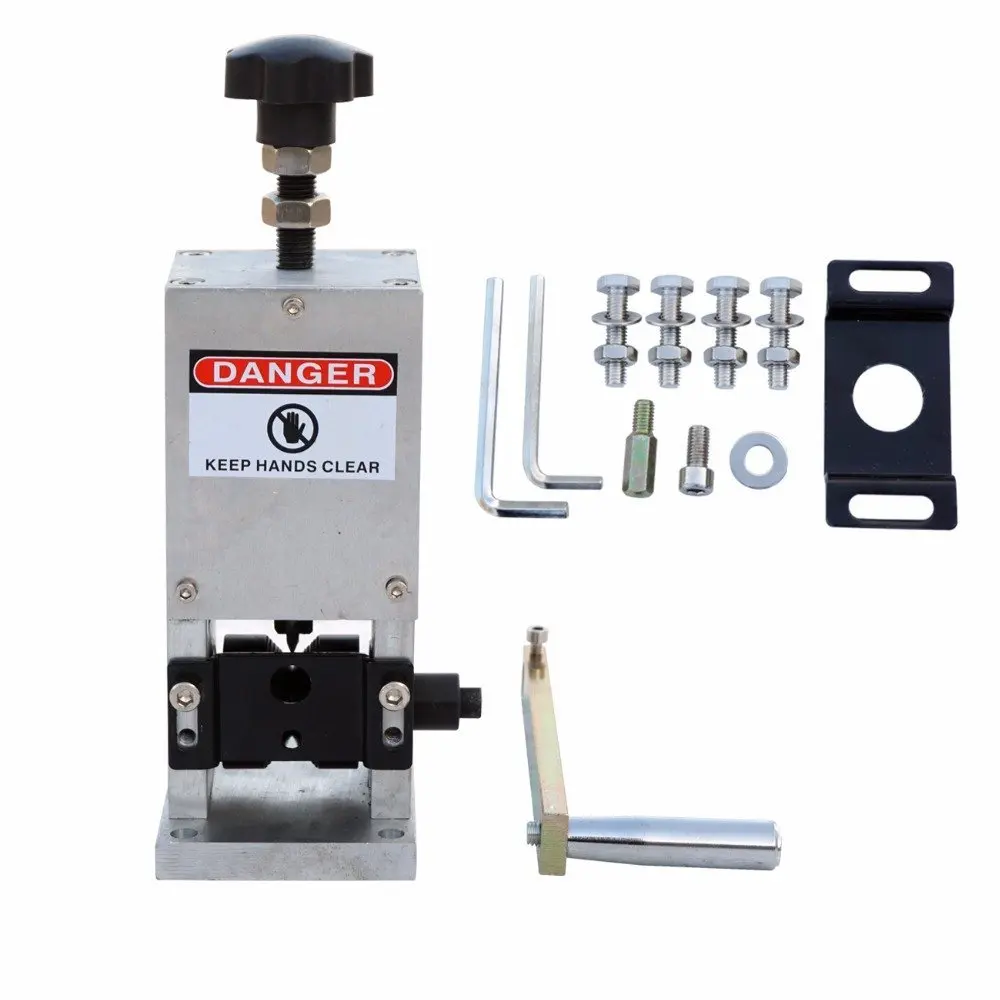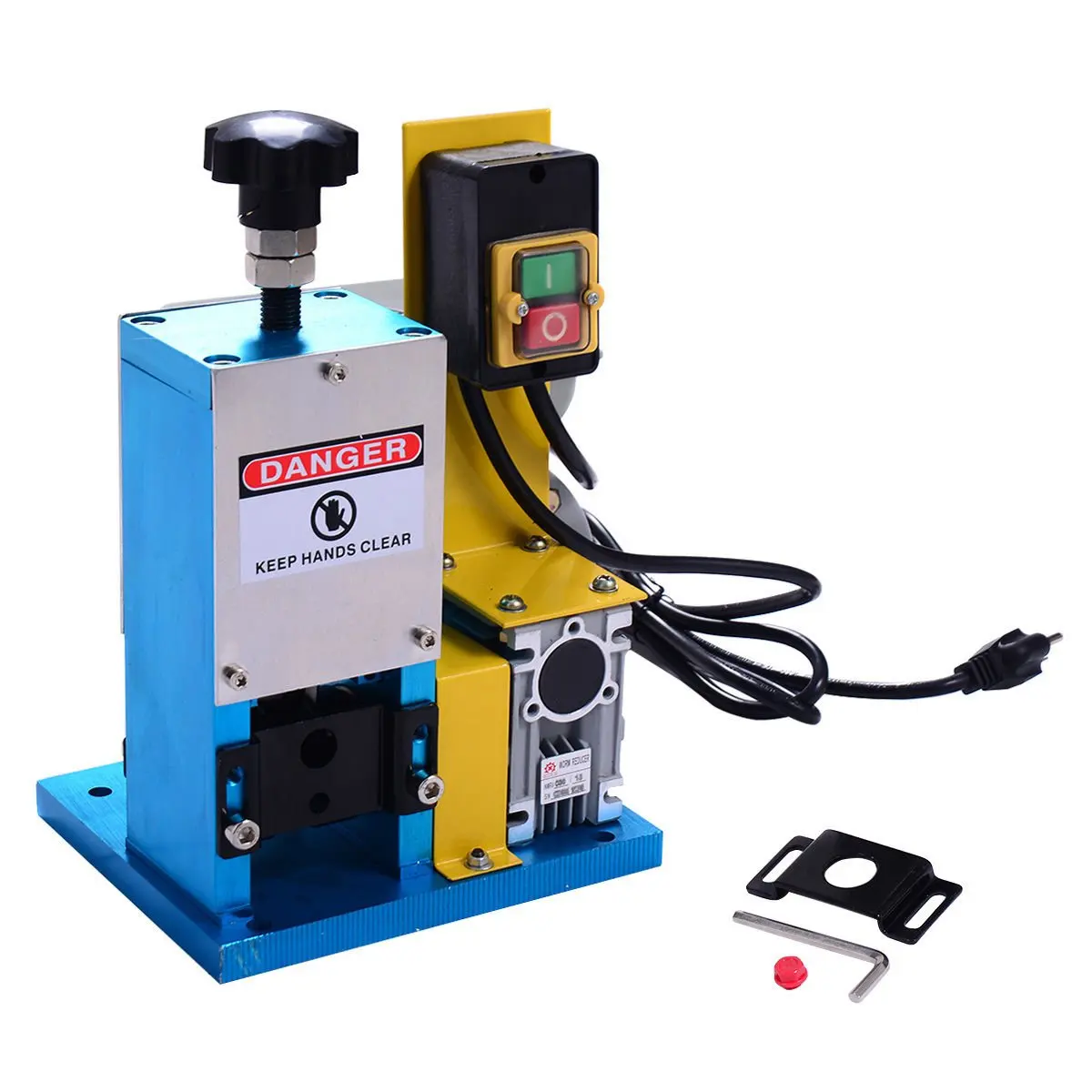

The sophistication of an IED depends on the training of the designer and the tools and materials available. Some groups, however, have been known to produce sophisticated devices constructed with components scavenged from conventional munitions and standard consumer electronics components, such as mobile phones, consumer-grade two-way radios, washing machine timers, pagers, or garage door openers. IEDs made by inexperienced designers or with substandard materials may fail to detonate, and in some cases, they detonate on either the maker or the placer of the device. In some cases, multiple IEDs are wired together in a daisy chain to attack a convoy of vehicles spread out along a roadway. IEDs are triggered by various methods, including remote control, infrared or magnetic triggers, pressure-sensitive bars or trip wires (victim-operated). This combination of injuries has been given the name "Dismounted Complex Blast Injury" and is thought to be the worst survivable injury ever seen in war. These injuries were reported in BMJ Open to be far worse with IEDs than with landmines resulting in multiple limb amputations and lower body mutilation. In the conflicts of the 21st century, anti-personnel improvised explosive devices (IED) have partially replaced conventional or military landmines as the source of injury to dismounted (pedestrian) soldiers and civilians. Īntipersonnel IEDs typically also contain fragmentation-generating objects such as nails, ball bearings or even small rocks to cause wounds at greater distances than blast pressure alone could. IEDs are extremely diverse in design and may contain many types of initiators, detonators, penetrators, and explosive loads. An IED designed for use against armoured targets such as personnel carriers or tanks will be designed for armour penetration, by using a shaped charge that creates an explosively formed penetrator. Īn IED has five components: a switch (activator), an initiator (fuse), container (body), charge (explosive), and a power source (battery). An HME lab refers to a Homemade Explosive Lab, or the physical location where the devices are crafted. IEDs may incorporate military or commercially sourced explosives, and often combine both types, or they may otherwise be made with homemade explosives (HME).

In some cases, IEDs are used to distract, disrupt, or delay an opposing force, facilitating another type of attack. X-ray of a suitcase showing a pipe bomb and a laptopĪn IED is a bomb fabricated in an improvised manner incorporating destructive, lethal, noxious, pyrotechnic, or incendiary chemicals and designed to destroy or incapacitate personnel or vehicles. IEDs were also used frequently by the Liberation Tigers of Tamil Eelam (LTTE) in Sri Lanka during the Sri Lankan Civil War, and by Ambazonian separatists in the ongoing Anglophone Crisis. They were also used in Afghanistan by insurgent groups, and caused over 66% of coalition casualties in the 2001–2021 Afghanistan War.

In the Iraq War (2003–2011), insurgents used IEDs extensively against U.S.-led forces and, by the end of 2007, IEDs were responsible for approximately 63% of coalition deaths in Iraq. IEDs are generally utilized in terrorist operations or in asymmetric unconventional warfare by insurgent guerrillas or commando forces in a theatre of operations. The term "IED" was coined by the British Army during the Northern Ireland conflict to refer to booby traps made by the IRA, and entered common use in the U.S. IEDs are commonly used as roadside bombs, or homemade bombs. It may be constructed of conventional military explosives, such as an artillery shell, attached to a detonating mechanism. Strips from 24 AWG (3/64") to 0 AWG (7/16"), Solid or Stranded.An improvised explosive device ( IED) is a bomb constructed and deployed in ways other than in conventional military action.Uses Low-Cost Blades available from Your Local Hardware Store.Premium Replacement Blade Packs can be found under the replacement blades tab Strips from 24 AWG (3/64") to 0 AWG (7/16"), Solid or Stranded. Uses Low-Cost Blades Available from Your Local Hardware Store(We recommend Kobalt Mini Utility Knife Blades, #0078010, from Lowe's.) But for best performance, see our other listings for high-quality replacement blades Now locally available in USA, Canada, Mexico, and EuropeĮxclusive New Features (US and Foreign Patents ): Model 102 Brand New Design: A Versatile Handheld Stripper


 0 kommentar(er)
0 kommentar(er)
